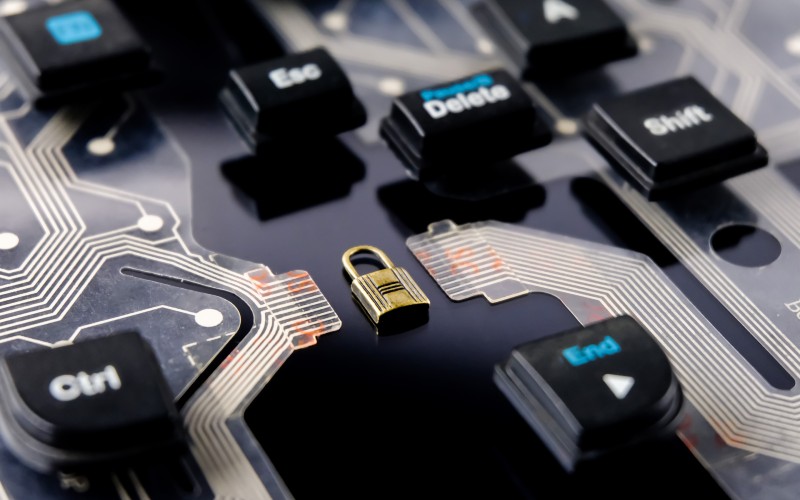Today’s technology-driven world means more business operations depend on digital assets and systems to innovate and function excellently. However, with digital transformation comes cyber security concerns, so businesses need effective measures to help protect from these threats.
That means ensuring robust security is maintained since common cyberattacks such as ransomware, phishing, and malware can occur at any time, causing significant damage to organizations’ reputations, finances, and productivity.
A good example is that of May 7th, 2021, when a leading US fuel pipeline company in Houston, Texas, was attacked by ransomware, forcing it to shut down its operations. This situation caused serious disruptions to consumers’ daily lives. The security disaster originated from insufficient measures and was worsened by the lack of an unforeseen event plan.
This example helps organizations understand the importance of protecting their digital assets and systems against cyberattacks and developing a cyber-resilience approach to respond and recover from them quickly. In this article, we’ll explore cyber resilience vs cyber security to understand what they are, their similarities and differences, and how organizations can combine them to enhance the safety of their digital assets and systems.
What is Cyber Resilience?
Not all best practices and security measures are effective when faced with cyber-attack proliferation. That is where cyber resilience becomes important. It plays a key role in implementing enhanced preventive measures so as to limit, to the best of its capability, the cyber-attacks’ negative effects. The cyber-attack preventive measures include:
- Ensuring there’re reliable offline backup features
- Establishing a continuity plan
- Taking into account effective recovery plans after public relations problems caused by the effect of cyber-attacks suffered by a third party
- Educating staff members and improving their skills in the sense of preventing internal security threats
- Performing regular attack simulation exercises to enhance business alertness and readiness in the event of any cyber-attack.
Cyber resilience is an important and a necessary concept for any enterprise/organization since it helps ensure effective protection against any possible vulnerabilities in the future. On top of that, a good cyber resilience strategy helps reduce possible losses or damages caused by cyber security attacks.
What’s Cyber Security?
The cyber security concept is based on an array of different governance models, human operations, technologies, processes, systems, and devices implemented to ensure the protection of a company’s digital assets, computer networks, and systems. There are industry-specific requirements as well. For example, retail network security goes the extra mile and focuses on customer trust and business security.
As such, security measures are implemented to help prevent unauthorized access by third parties or hackers to the company’s computer systems or networks. These cyber security measures are part of the protective action plan, which includes the following:
- Protective installation around business premises
- Locking all computer systems and screens
- Training and promoting awareness among workers
- in terms of obligation to make sure all daily tasks and processes are well protected
- Securing all devices and services against malicious activities like viruses and theft
- Installing firewalls and antivirus in addition to updating software
- Fulfilling all compliance standards to protect user-sensitive information
Cyber Resilience vs Cyber Security: Are They the Same?
While cyber resilience and cyber security appear substitutable as they aim to limit and eliminate cyberattacks, they aren’t quite the same. At a glance, cyber security involves a collection of actions and technologies implemented to mitigate security threats.
On the other hand, cyber resilience includes a business’s ability to avoid service disruption, recover data and mitigate all damages while at the same time ensuring a quick and successful recovery from hostile cyber events.
Commit to Both Cyber Resilience and Cyber Security
Developing successful cyber security and cyber resilience strategies enables your company’s digital assets and systems to remain safe and secure. Committing to these two concepts is important to ensure your business’s digital assets and systems are productive and reliable.
Since ongoing attention and commitment are important in terms of protecting your organization’s digital assets and systems while being in a position to recover as quickly as possible.


